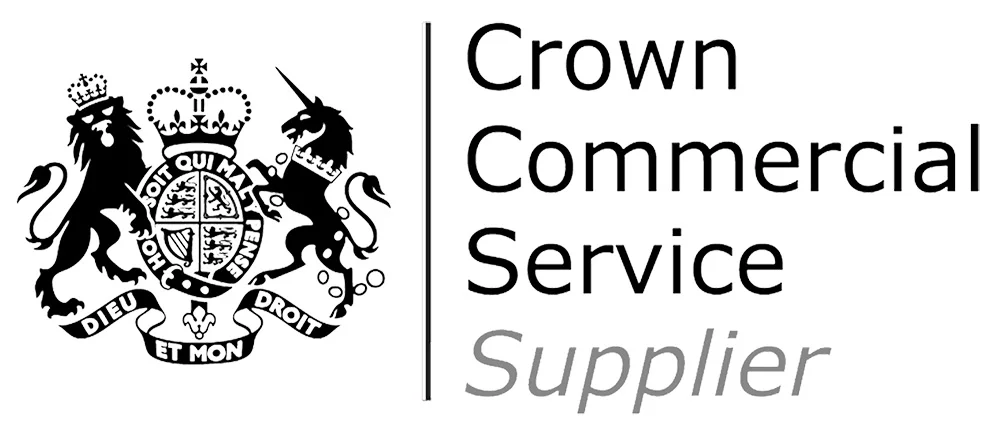Are you new on the teaching scene and are about to teach your first lesson? Or just want some new ideas to break out of a slump of creativity? Find out how to make a lesson plan with some great ideas in our step-by-step guide, a fool-proof way to plan an engaging lesson.
Back to School? Find Out How to Make a Lesson Plan That's Fool Proof
Planning lessons is a great way to keep your students engaged and to make sure you stay on track of the curriculum in question. A lesson plan can help you stay organised and on top of what outcomes need to be met for your students in order to achieve your classroom goals. They can also help to improve your way of teaching, making your planning more streamlined, it will pay off in the long run and your student might even start to notice! Find out below how to make a lesson plan that's fool proof, in 5 easy steps.
How to Make a Lesson Plan: Our 5 Step Guide
1. Know your Lesson Objective
Firstly begin by creating a basic structure, this starts with outlining your main objective for the lesson you're preparing for. This can be very simple, but it will be the basis of your lesson plan, so try to make it fairly achievable with the type of activities you have in mind. You may want to go further and plan how your students will meet this objective. This will depend on your students, but you can lay down some activities you want to include in your lesson here that will help to achieve the objective.
2. Write An Overview of the Lesson
Following on from this, you will next want to outline the overview of your lesson. Using the activities and objectives you have decided on, expand on these along with outlining the topics you want to focus on. This could be a chapter in a book you and your student are reading, outline what happens and the themes you can explore with them- are there any activities that will help understand this?
3. Create a Timeline
Creating a timeline for your lesson helps you stay on track, and makes sure you get everything covered that you need to. Depending on the length of your lesson, put time aside for the beginning and end rounding up. Always remember to include time for a warm up, research phase of the lesson, a presentation section and a discussion to conclude the lesson to encourage debates and creativity.
4. Get Familiar With your New Students
If you are teaching a new class, it is important to get to know the students to know how well they work with each other. You may find you have a more lively class that likes to learn more vocally, or your class might be the opposite, where a visual and discussion lead lesson is best. If you prefer, you can also create seating plans so that the students can familiarise themselves with each other, this encourages the students to work together with other students they don't know so well.
5. Adopt Different Learning Styles
While working out how well your students work with each other and familiarising yourself with them, you may find that your way of teaching won't work with the students you now have. Some students work well in groups, on their own or in pairs, but as long as you get them discussing and taking part, you're doing your job. Students work well with a variety of activities that work to engage, so mixing it up and making your lesson appeal to all types of learners will help for maximum attention span.
Good Luck with your New Lesson Plan!
We hope this guide on how to make a lesson plan that's fool proof. We're sure your students will love your style of teaching and your perfectly planned lesson.
Looking for Teaching Vacancies?
If you are looking for a new role in the educational field, we have a wide range of teaching positions available across London & the South East. Browse all our current teaching vacancies here. If you would like any more information, please don't hesitate to get in touch with our friendly team who will be happy to help.


